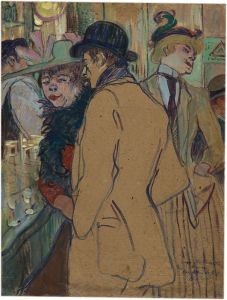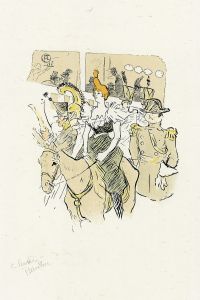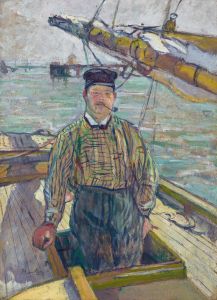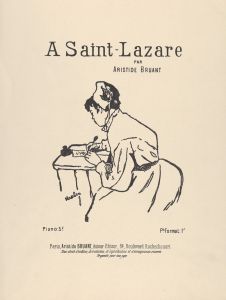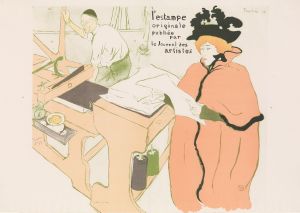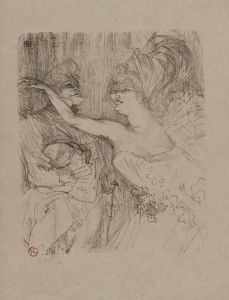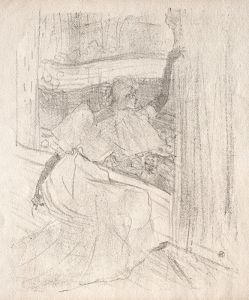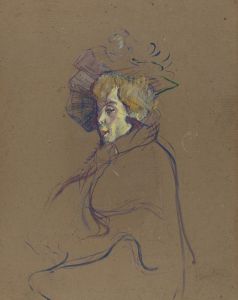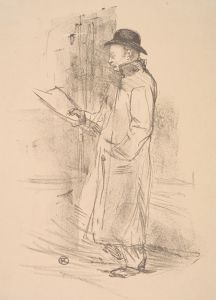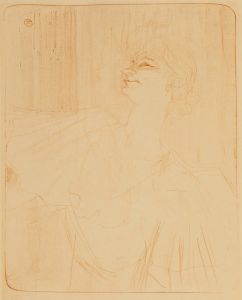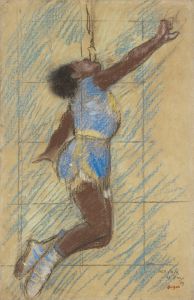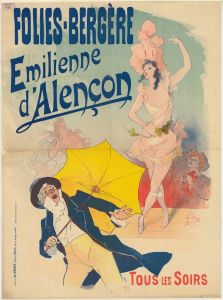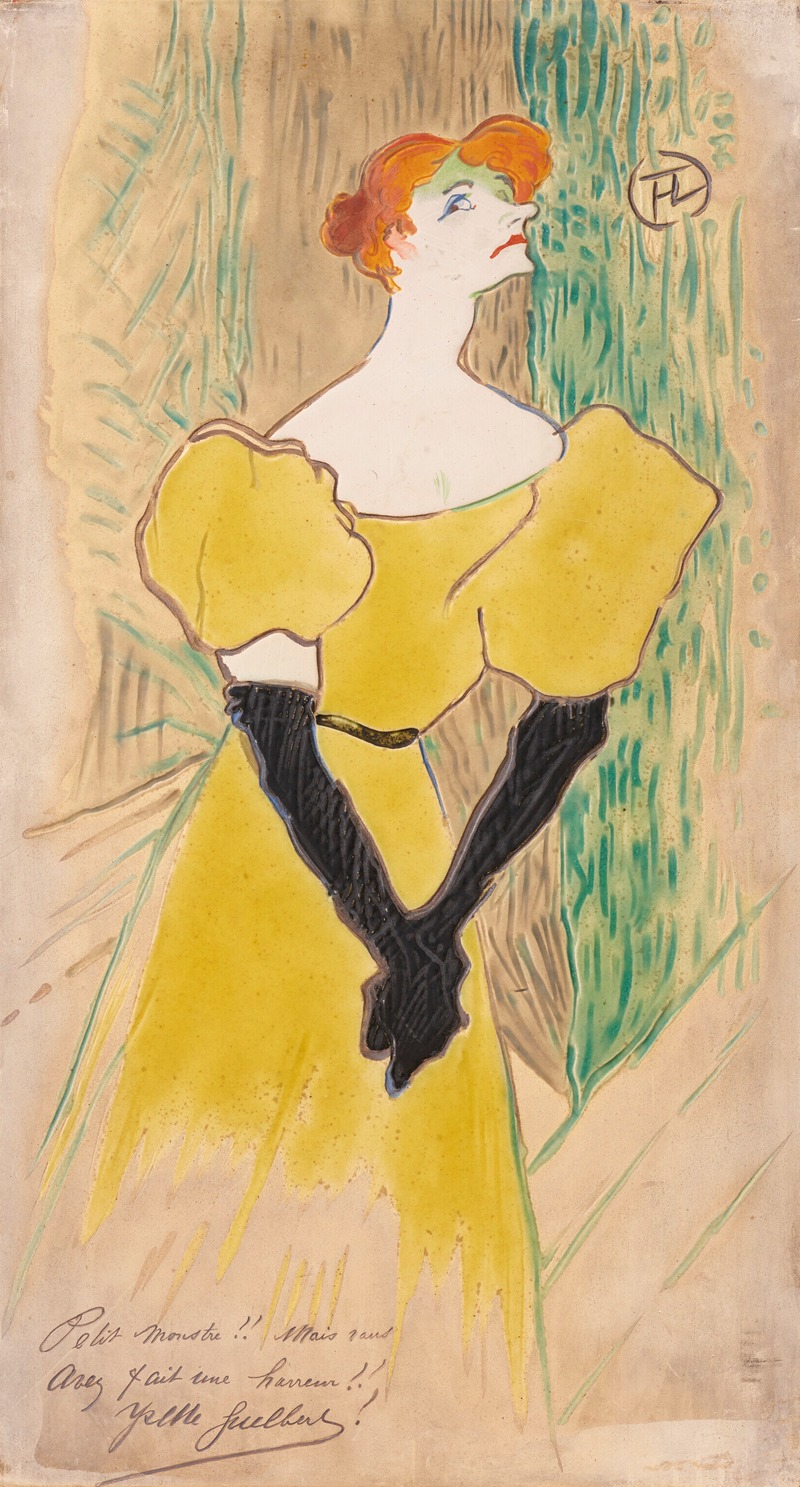
Yvette Guilbert
A hand-painted replica of Henri de Toulouse-Lautrec’s masterpiece Yvette Guilbert, meticulously crafted by professional artists to capture the true essence of the original. Each piece is created with museum-quality canvas and rare mineral pigments, carefully painted by experienced artists with delicate brushstrokes and rich, layered colors to perfectly recreate the texture of the original artwork. Unlike machine-printed reproductions, this hand-painted version brings the painting to life, infused with the artist’s emotions and skill in every stroke. Whether for personal collection or home decoration, it instantly elevates the artistic atmosphere of any space.
Henri de Toulouse-Lautrec, a prominent French painter, printmaker, and illustrator, is renowned for his depictions of Parisian nightlife in the late 19th century. One of his notable subjects was Yvette Guilbert, a celebrated cabaret singer and actress of the time. Toulouse-Lautrec's portrayal of Guilbert is a testament to his unique style and his ability to capture the essence of his subjects.
Yvette Guilbert was born in Paris in 1865 and rose to fame in the 1890s as a performer at the Moulin Rouge and other popular venues. Known for her long gloves and distinctive, emotive singing style, Guilbert became an icon of the Belle Époque era. Her performances often included songs with risqué and humorous lyrics, which captivated audiences and made her a favorite subject for artists and writers.
Toulouse-Lautrec first encountered Guilbert in the early 1890s, and he was immediately struck by her presence and charisma. He created numerous works featuring Guilbert, capturing her in various poses and expressions. These works include lithographs, drawings, and paintings, each reflecting his fascination with her unique persona.
One of the most famous depictions of Yvette Guilbert by Toulouse-Lautrec is a series of lithographs that highlight her striking features and stage presence. In these works, Toulouse-Lautrec often emphasized her elongated figure and expressive gestures, using bold lines and minimal backgrounds to draw attention to her form. His use of color and line was innovative, capturing the vibrancy and dynamism of her performances.
Toulouse-Lautrec's portrayals of Guilbert are significant not only for their artistic merit but also for their documentation of the cultural landscape of Paris during the Belle Époque. His works provide insight into the world of cabaret and the personalities that defined it. Guilbert, with her theatrical flair and captivating performances, was a central figure in this scene, and Toulouse-Lautrec's art immortalized her impact on the era.
The collaboration between Toulouse-Lautrec and Guilbert was mutually beneficial. While Toulouse-Lautrec gained a compelling subject for his art, Guilbert received increased visibility and recognition through his works. Their professional relationship highlights the interconnectedness of art and performance during this vibrant period in Parisian history.
Toulouse-Lautrec's artistic style was characterized by his ability to convey the essence of his subjects with economy and precision. His depictions of Guilbert are no exception, as they capture her personality and stage presence with remarkable clarity. His work remains influential, offering a window into the world of late 19th-century Paris and the figures who shaped its cultural identity.
In summary, Henri de Toulouse-Lautrec's portrayals of Yvette Guilbert are a significant part of his oeuvre, reflecting his skill as an artist and his deep engagement with the cultural milieu of his time. Through his art, Toulouse-Lautrec not only celebrated Guilbert's talent and charisma but also contributed to the enduring legacy of the Belle Époque era.






